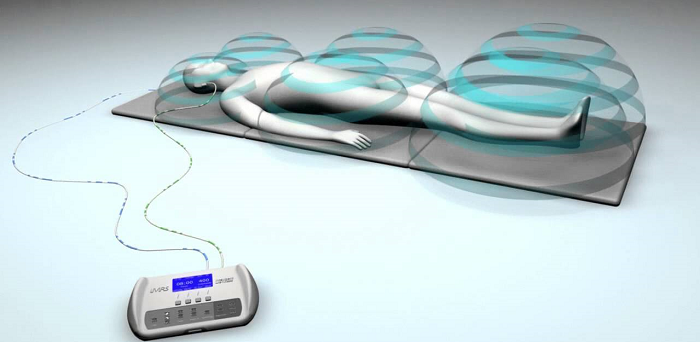Lab-grown organs. Stem cell therapy. AI.
Big things are happening right now in healthcare, and the future is looking incredibly bright when it comes to treating and curing diseases. For the first time, there’s more than just a glimmer of hope for all types of patients – even those with chronic and terminal ailments.
Before we check this off of our to-do list … The truth is that innovation and technology will only get us so far. We may be perfecting precision medicine, creating wearable technologies and developing augmented reality, but many would argue that we’re still in the dark ages when it comes to human relationships and integration with these advancements. And, ultimately, human relationships are what healthcare is about. At its most basic level, healthcare means helping people to live their best and healthiest lives. If providers can’t connect with patients and give them the support they need, then we failed.
Not too long ago, an Emory Healthcare pulmonologist sent a letter to his patients. He wanted to inform them that he was leaving Emory to accept a new position in Cleveland and that while he was leaving, he still cared deeply about each patient’s well-being. He attempted to do this in a letter that was overflowing with typos and grammatical errors. Even worse, he sent the letter to families of his deceased patients – including parents of a child patient who died of cystic fibrosis four years prior. The family was horrified.
This story is a prime example of how complex our healthcare system really is. No matter how far we have come, no matter how cutting-edge our technologies are, connecting with people is still the greatest challenge. This is where Human-Centered Design in healthcare can make a huge difference.
The Patient Satisfaction Promise
Think about it. Consumers these days are used to exceptional customer experiences, and companies both large and small strive to provide them. When a product does not meet a consumer’s expectations, most aren’t shy about posting negative reviews online and telling everyone they know what happened. These same consumers are (or will be) patients. And just as they expect companies to provide them with flawless products, so too they will expect nothing but the best when it comes to their healthcare experience.
To succeed, providers must understand what patients need. They must know what motivates them. They must engage patients to actively participate in treatment plans. Most importantly, providers must integrate their patients into the healthcare experience. Accomplishing this is no small feat, especially in an industry that is growing at a rapid rate with the baby boomer generation growing older. With so much technology and so many patients to focus on, establishing deep connections often gets put on the back burner until something goes horribly wrong.
The example of the Emory physician letter is really a minor instance of a bad patient experience. Many patients have negative interactions with their providers during their care. Perhaps they don’t feel that their provider is listening to them or that they are being valued as part of the care paradigm. Or worst of all, they may be subject to a medical error – either physical or financial – causing them undue suffering and negative outcomes. These events are typically not caused by negligence on the part of the provider. Rather, they occur because human-centered systems to reduce medical errors are not in place. The numbers don’t lie. The economic cost associated with medical errors ranges from a staggering $393 to $958 billion. Most due to issues rooted in Human-Centered Design solutions.
However, there’s a great deal of hope. By working with Human-Centered Designers who excel at listening, problem-solving and integrating human-centered methodologies into the workplace and patient operations, providers can meet and even surpass patients’ expectations and deliver successfully on their needs. Whether it’s creating better ways to communicate with patients, finding ways to bring down the costs of treatments, or building better environments for patients to be in, healthcare can be an excellent experience. In fact, it can be an excellent experience for everyone involved – from the patient and their family members to the staff taking care of them and the providers.
Benefits of Human-Centered Design in Healthcare
Human-Centered Design in healthcare contributes to a more effective environment for staff and providers. Over the last decade, Kaiser Permanente has been using a Human-Centered Design model to partner with patients, their families and staff to design better systems and programs. They have used the principles of Human-Centered Design to increase patient transport efficiency, to create resources for caregivers, and even to determine how patients prefer to be told about cost changes to their plans.
Kaiser has also created CoDesign, a principle of practicing Human-Centered Design along with performance improvement. CoDesign has not only led to better patient care, but it has also had a huge impact on employee satisfaction rates. NEJM Catalyst recently reported that Kaiser staff members using Human-Centered Design felt that they “rediscovered joy in their work” and “re-engaged with the organizational mission”. They also felt that Human-Centered Design helped them “see the value in the services we provide to patients.” This positive work environment has had a direct effect on patient-provider relationships.
As our U.S. healthcare system undergoes much-needed reform, Human-Centered Design is poised to play a critical role in its improvement and excellence. When human connection is put first, healthcare will truly advance into a future so bright, you will need shades because the future is so bright.






